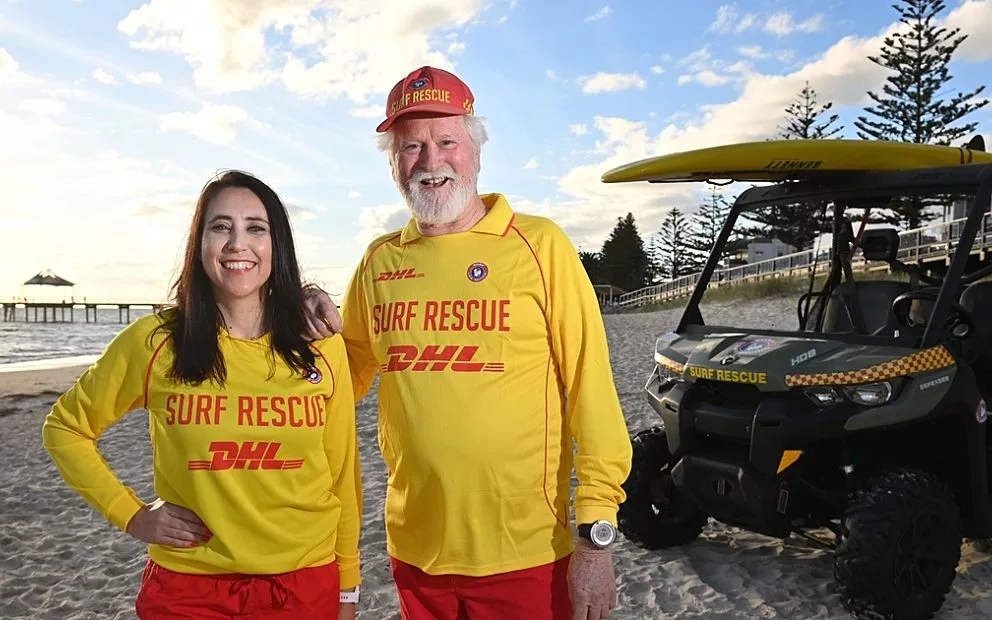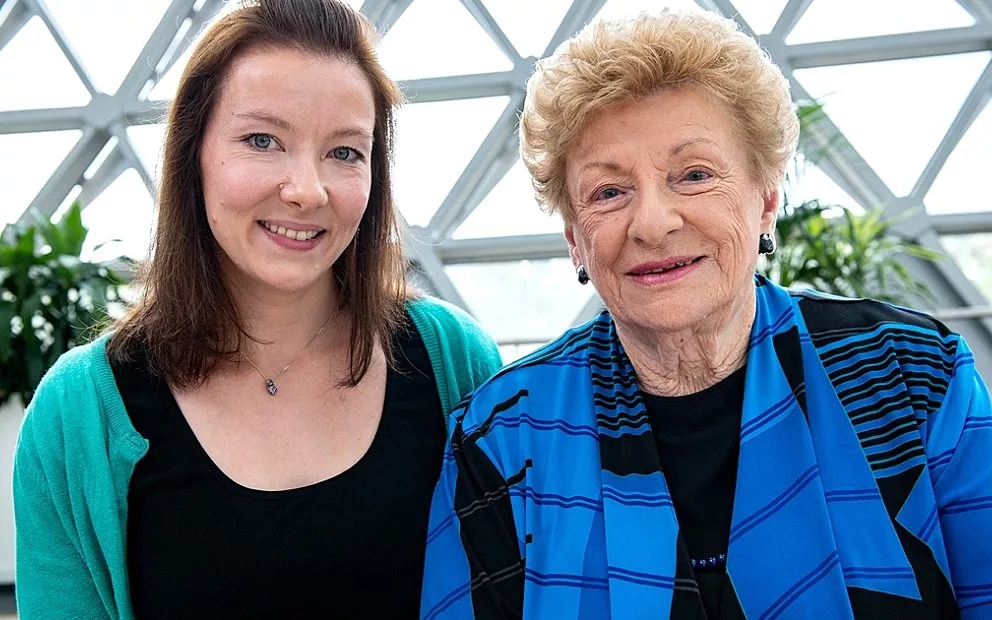An Adelaide-based cancer researcher is hoping to find the secret to why treatment works for some, not others – with the help of a very special surf lifesaving mate.
For surf lifesavers, helping people in need comes naturally but for a special Brighton Lifesaving Club duo the dedication extends beyond the beach in a battle to beat blood cancer.
Cancer researcher and keen rower Ilaria Pagani first met long-time surf lifesaver and chronic myeloid leukaemia (CML) survivor Kevin Watkins when she showed up for a “come and try” session, after arriving from Italy to work at SAHMRI.
Several years on, she and the Surf Lifesaving South Australia president are firm friends, driven to find a cure for blood cancer – her in the lab, him as a patient advocate.
Dr Pagani said input from patients and their families was critical in shaping new research.
“It is important when we are working on projects in the lab to have contributions from patients, or family members, to ensure the work we do has real outcomes when it comes to improving treatment,” she said.
Dr Pagani said there were more than 6,000 CML patients in Australia now dependent on lifelong therapy to control the disease.
“CML is a type of cancer that affects the blood and bone marrow … in the 1980s (tyrosine kinase inhibitor) therapy revolutionised the outcome for patients, increasing survival from about 20 per cent to more than 80,” she said.
“However, considerable challenges remain (with taking medication for life) … impaired quality of life, a risk of serious chronic side effects, including damage to kidney, lung and heart function and substantial drug acquisition costs.
“We still do not know why half of the patients with exceptional responses to tyrosine kinase inhibitors relapse after ceasing therapy.”
Dr Pagani hopes to develop a model of prediction, currently not available in clinical practice, to identify patients who could safely be taken off the treatment.
“About 25 per cent of CML patients could interrupt their therapy achieving a long-term remission without treatment,” she said.
“Understanding the biological factors beyond treatment-free remission she could also develop new targeted therapies specific for high-risk patients.”
Mr Watkins, 68, who has been involved in surf lifesaving for 54 years, was diagnosed with CML – as well as multiple myeloma in September 2015 – and takes medication daily to keep the disease at bay.
He is grateful to play a role, as part of SAHMRI’s consumer advisory panel, in helping advise Dr Pagani and her colleagues on research priorities.
“It helps me understand what I have got … if you can try and understand the science behind what is going on in your body and what they are trying to do, it is helpful,” he said.
Dr Pagani is a member of The University of Adelaide Faculty of Health and Medical Sciences and supported by Cancer Council SA's Beat Cancer Project.
Credit: Sunday Mail/The Advertiser - Written by Rebecca Baker


